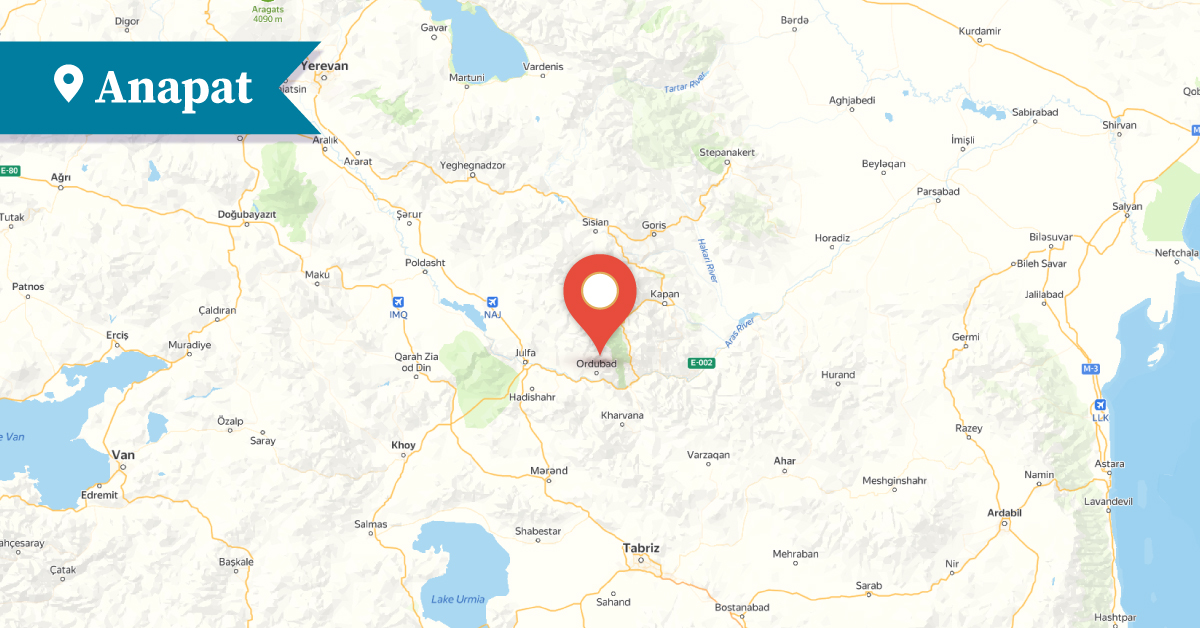2025
2025
2025-05-22

Anapat[1] was one of the Armenian villages in the Ordubad district of the Nakhijevan Autonomous Republic. It was one of the few settlements that, despite coming under Azerbaijani control and losing both its Armenian population and traces of Armenian culture, has preserved its original Armenian name.
In the Armenian toponymic system, the naming Anapat (meaning "desert") was widespread. [2] Many monasteries are also known by this name. Settlements and monasteries were named Anapat, a term that signified “a place of solitude, a nunnery, a secluded area where hermits lived.” This meaning of the word is connected to its sense of "uninhabited, desolate," and the word itself is an early Iranian loanword in the Armenian language.
These uninhabited “anapats” were often transformed into scriptoriums, educational and spiritual-cultural centers, where monastic communities were active.
This semantic use of the word anapat underlies the name of the village Anapat in Nakhijevan as well, which likely served as a hermitage at some point in its history. Ghevond Alishan argued that once it was a large settlement.
Among the manuscripts copied here is a Gospel[3] of 1671, which includes the note: “...in the village of Anapat, in the district of Urtuvaru...” The manuscript is written on parchment, and its recipient was Gulkhantan, the wife of Ghuli Khoja of Anapat. The manuscript contains miniatures and decorative margins and was written in the Church of Saint Stephen (Surb Stepanos Nakhavka) of Anapat, the ruins of which are no longer even discernible.
Between 1829 and 1832, Anapat had 20 residents; by 1873 the number had grown to 33, and by 1906 to 61. From the late 19th century, the Armenian population began to leave Anapat, and the large Armenian cemetery with Armenian-language tombstones was destroyed by Azerbaijanis. The village chapel, located in a scenic elevated area, suffered the same fate.
Azerbaijanis erased the Armenian traces from this ancient settlement; however, the village's name bears witness to its Armenian origins and history.
[1] Now known as the village of Anabad in the Ordubad District of the Nakhijevan Autonomous Republic.
[2] T. Kh. Hakobyan, St. T. Melik-Bakhshyan, H. Kh. Barseghyan, Dictionary of Toponyms of Armenia and Adjacent Regions, Vol. 5, Yerevan, 1986, p. 248.
[3] Matenadaran Manuscript Collection, no. 255.